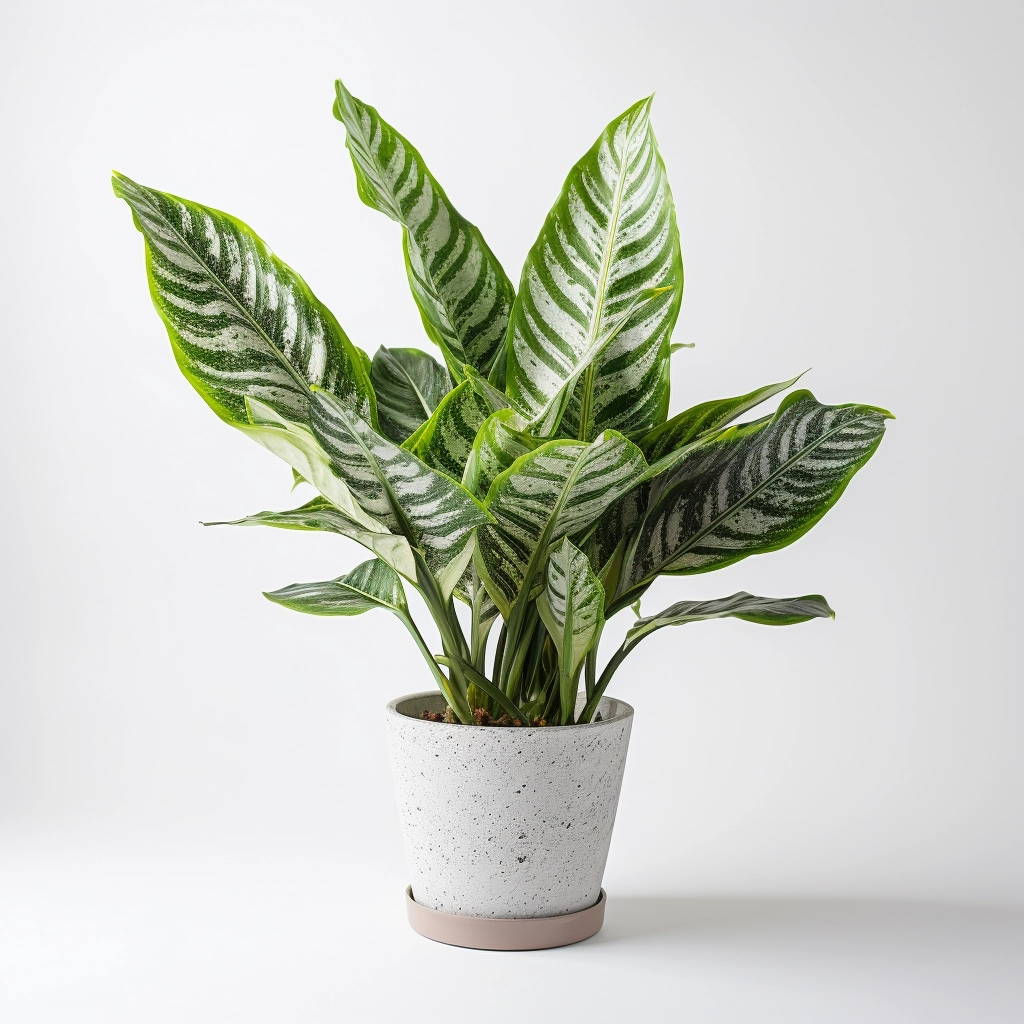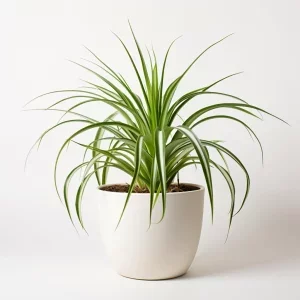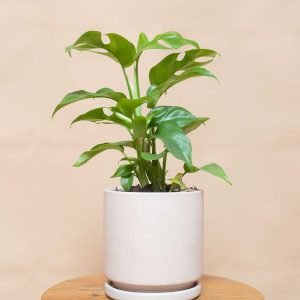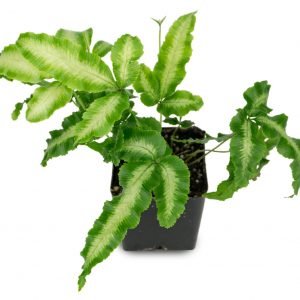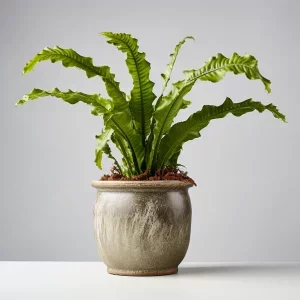Description
I’m Leopard Lily, but you may know me as Dieffenbachia or Dumb Cane. My beautiful leaves are speckled with a rich and creamy yellow color to resemble that of a leopard. I am able to adapt to a wide variety of conditions in the home, making me perfect for everyone. My large lush leaves can actually help boost humidity in the air, kind of like an au natural humidifier for your space.
🌱 Care Level – Easy: Leopard Lily, also known as Dieffenbachia ‘Compacta’, is a robust and forgiving plant, ideal for beginners.
🐾 Pet-Friendly – Warning: Toxic to pets and humans if ingested. Causes irritation and swelling of the mouth and digestive tract. Keep out of reach.
☀️ Light – Moderate to Low: Thrives in bright, indirect light but can adapt to lower light levels. Direct sunlight can scorch the leaves.
💧 Water – Moderate: Water when the top inch of soil feels dry. Avoid overwatering to prevent root rot.
🌫️ Humidity – Moderate: Prefers a bit of humidity but will do well in typical household conditions.
🌡️ Temperature – Warm: Enjoys temperatures between 65-75°F (18-24°C). Avoid cold drafts and temperatures below 60°F (15°C).
🌍 Hardiness Zones – 10-12: Primarily an indoor plant in most climates, can be grown outdoors in these tropical to subtropical zones.
🌿 Fertilizing – Light: Fertilize lightly every 4-6 weeks during the growing season with a balanced, water-soluble fertilizer.
🪴 Re-potting – Every 2-3 Years: Re-pot when the plant becomes root-bound or the soil looks depleted. Use a well-draining potting mix.
🧹 Cleaning – Easy: Wipe leaves with a damp cloth to remove dust and maintain the glossy appearance of the foliage.
🌱 Propagation – Stem Cuttings: Can be propagated by stem cuttings or division during re-potting.
🌎 Origin – Tropical Rainforests of Central and South America: Known for its striking, patterned foliage, the Leopard Lily adds a touch of the tropics to any indoor setting.

